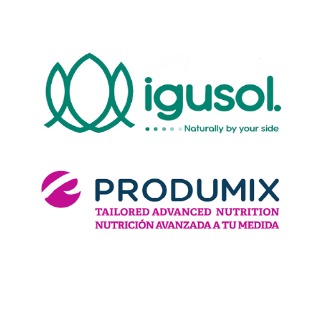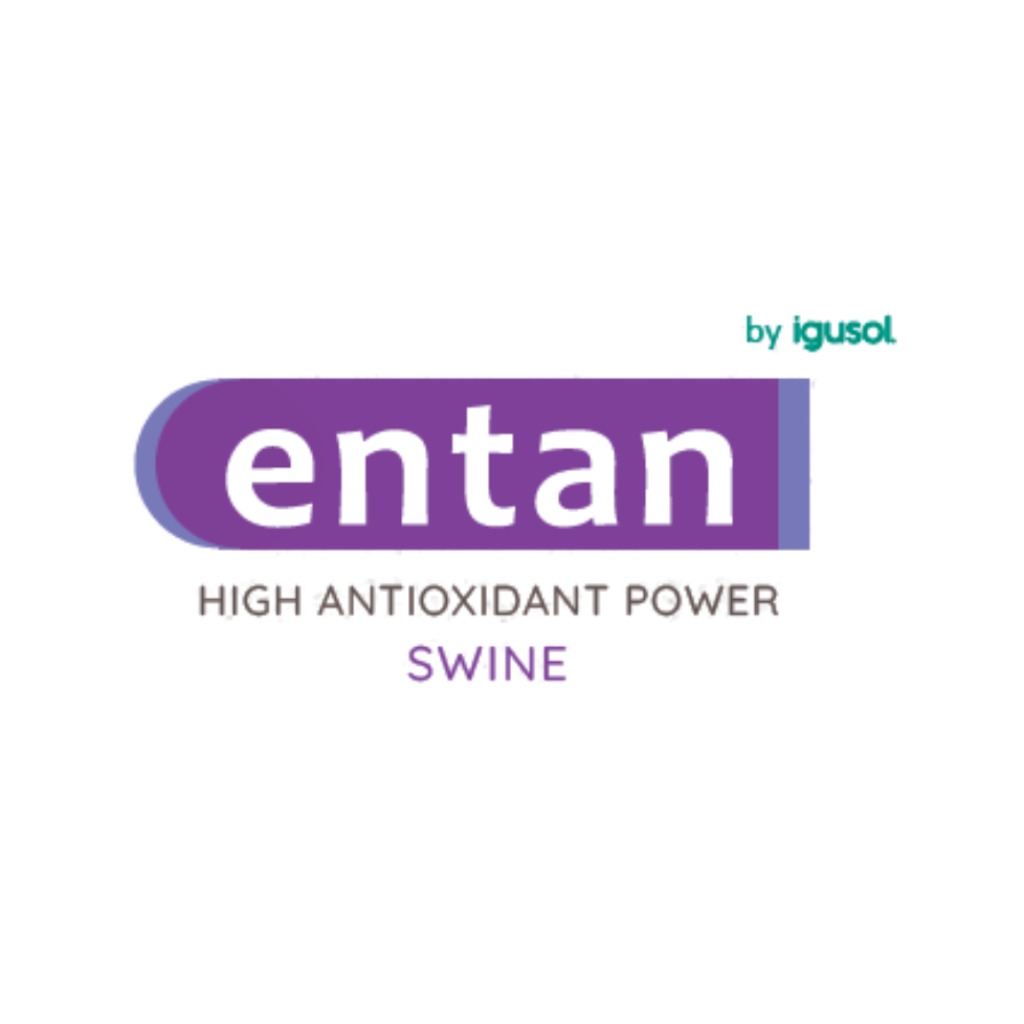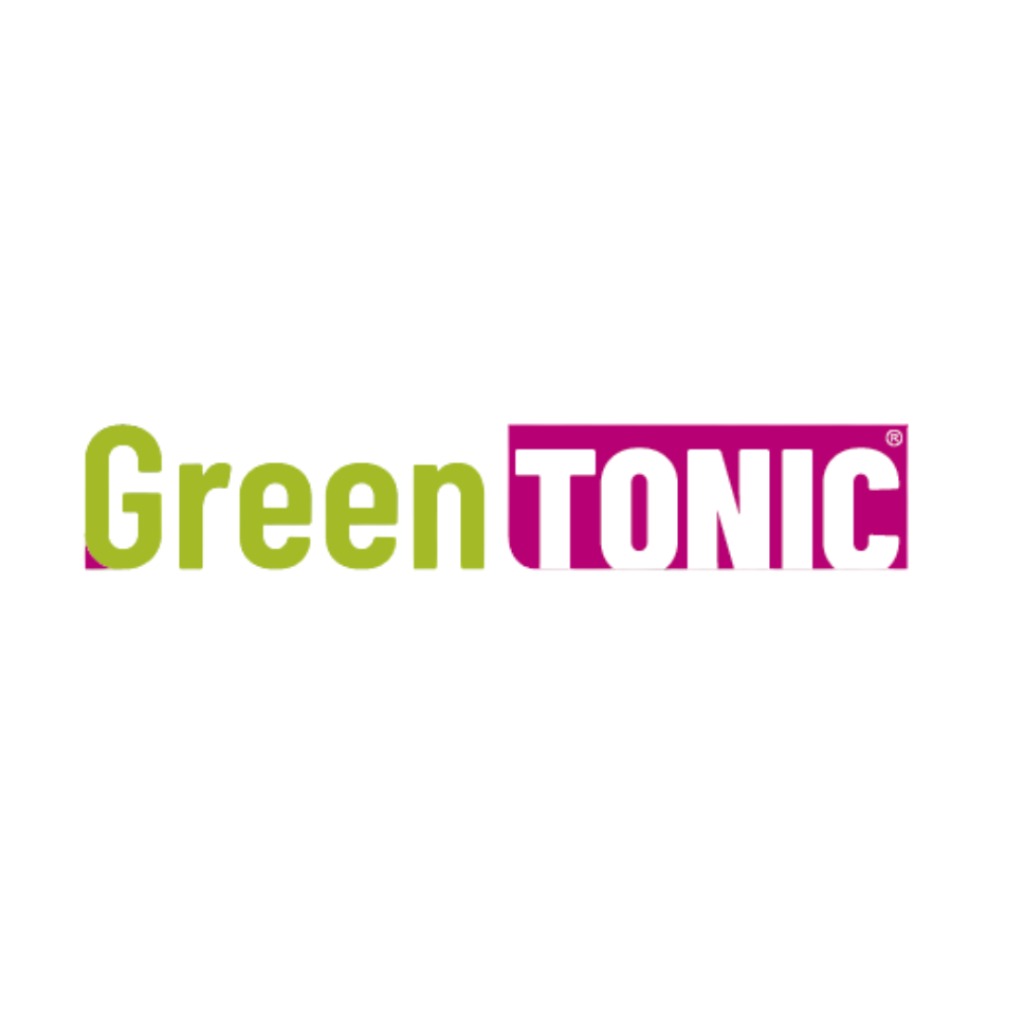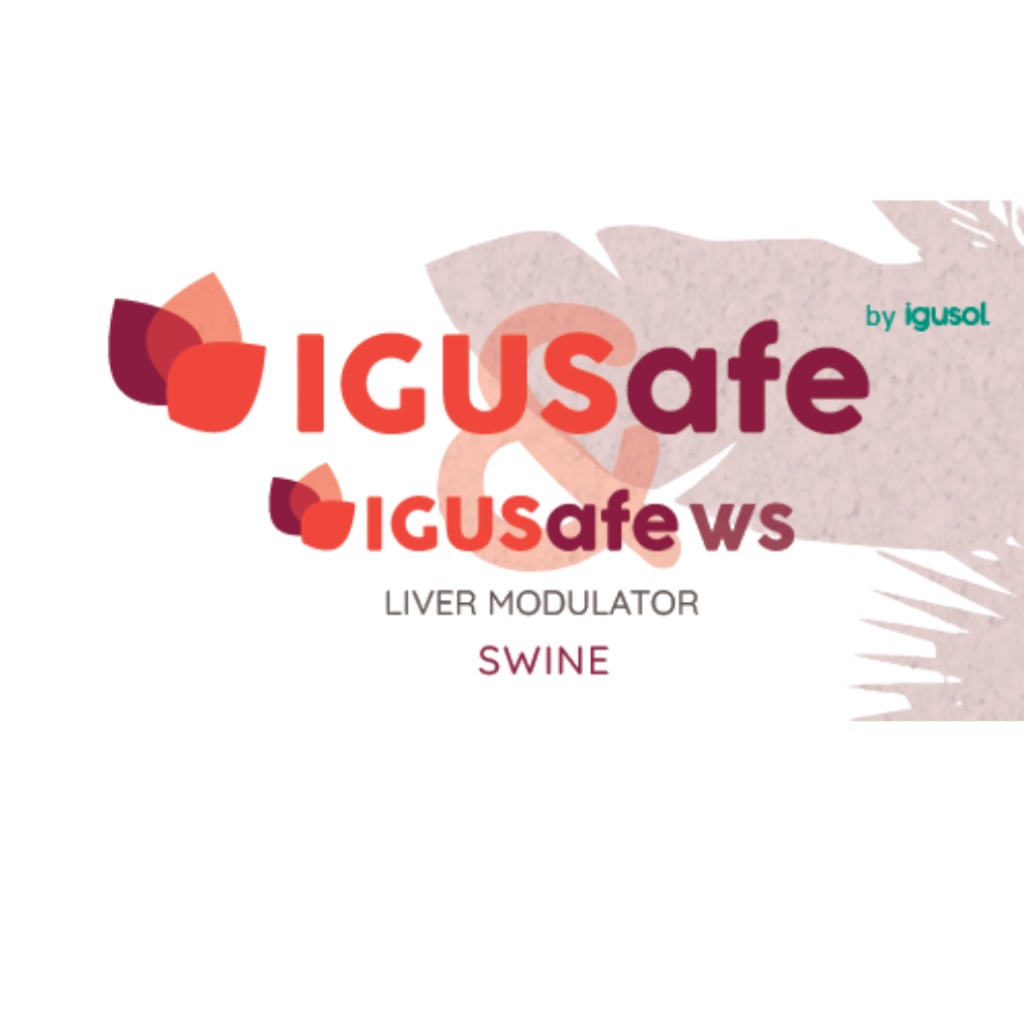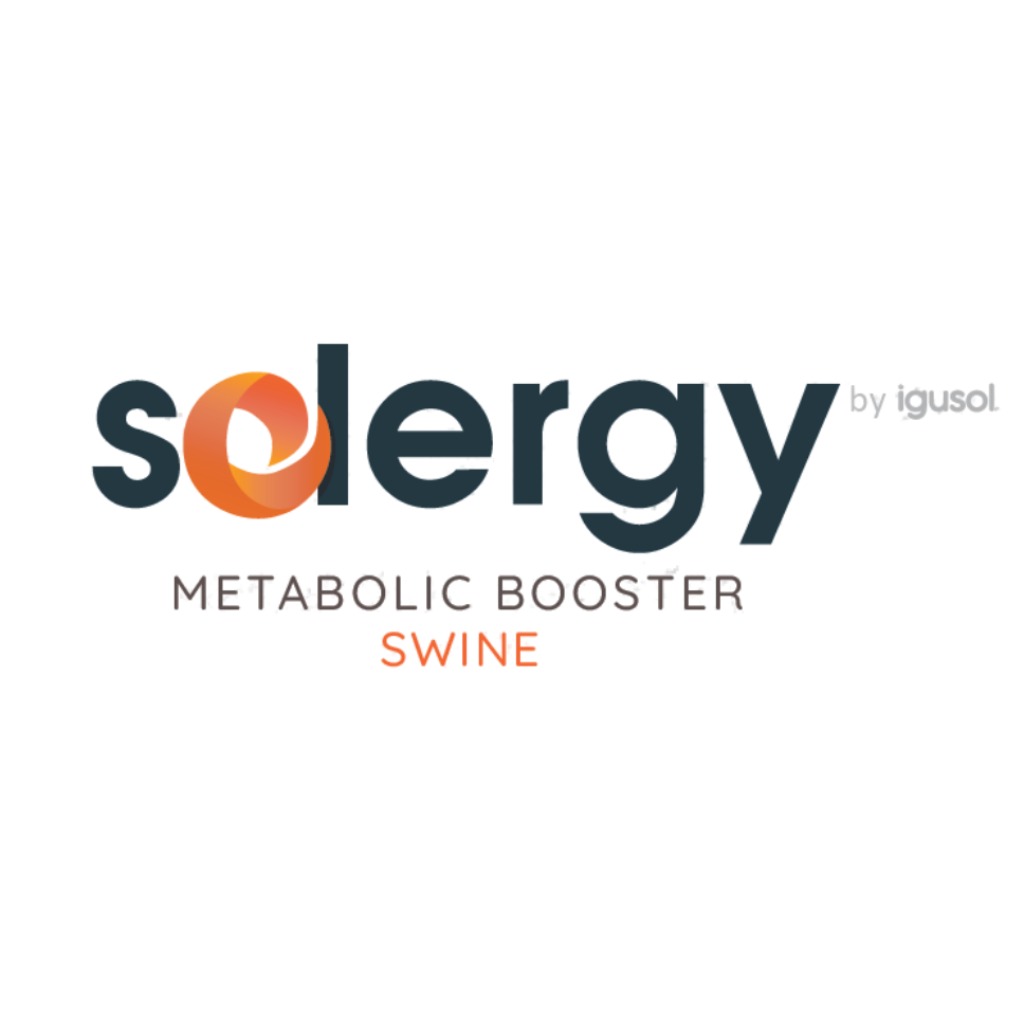Reduction in pre-weaning mortality with the inclusion of GreenTonic in the farrowing unit
Over the past decades, genetics companies have conducted intensive selection with the goal of significantly increasing both total born and live-born piglets. This has led to success cases with productivity of up to 37 piglets per sow per year. However, this increase in sow prolificacy has also brought about a growing importance of management factors to fully capitalize on this competitive advantage.
The impact of the emergence of hyperprolific sows in the swine sector is so significant that several authors have carried out extensive research to analyze their productive impact, as well as management strategies to maximize the performance of these animals.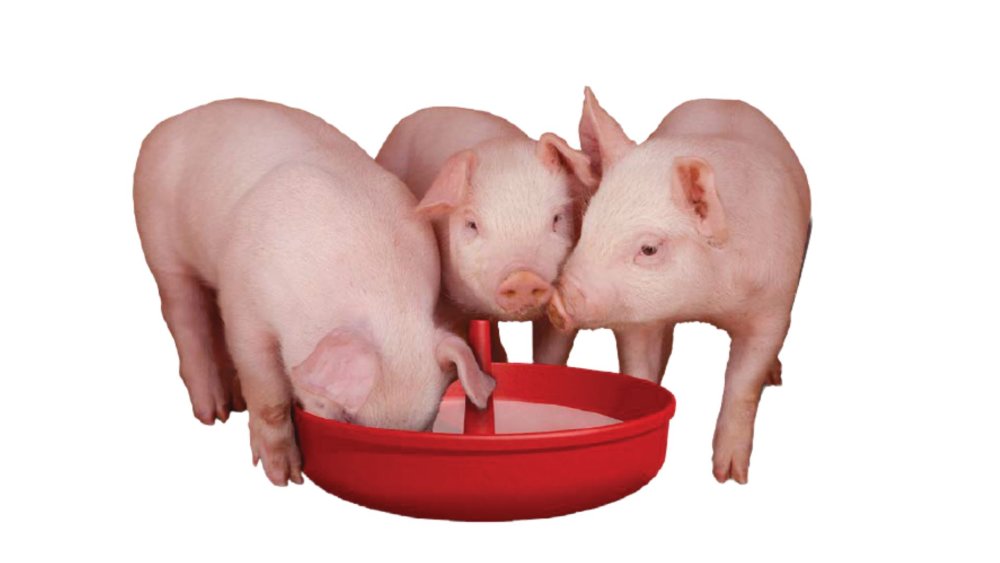
For instance, Tani et al. (2018) conducted an interesting review using data from PigCHAMP on more than 85,000 sows housed in 98 Spanish farms, analyzing the impact of hyperprolificacy and farm management on key productive indicators in the farrowing unit.
By closely analyzing these results (Table 1), and disregarding the effect of parity number by analyzing the average relationship between sow type (Hyperprolific vs Hypoprolific) and farm production level (High vs Low), it is observed—as expected—that sow prolificacy increased live births by 26% on average (2.8 piglets). However, on average, these same sows only managed to wean 3% more piglets per sow (0.26 piglets). Therefore, sows experienced a drastic increase in mortality, rising from 4.6% in hypoprolific sows to nearly 29% in hyperprolific sows.
Table 1: Effect of sow type (Hyperprolific vs Hypoprolific) and farm production level (High vs Low) on total live-born, weaned piglets, and mortality percentage.
| Hyperprolific Sows | Hypoprolific Sows | |||||
|---|---|---|---|---|---|---|
| Live-born | Weaned | % Mortality | Live-born | Weaned | % Mortality | |
| High production farm | 13.88 | 11.10 | 20.0% | 11.28 | 10.98 | 2.7% |
| Low production farm | 13.03 | 9.82 | 24.7% | 10.02 | 9.42 | 6.0% |
Furthermore, when evaluating the effect of management—related to farm type—it is evident that improved farrowing management increased live births by 6% and 11% in hyper- and hypoprolific sows, respectively.
HYPOPROLIFIC SOWS
However, when comparing the impact on weaned piglets, hypoprolific sows showed minimal differences in improvements at farrowing versus weaning (from 11% to 14%).
HYPERPROLIFIC SOWS
Conversely, in hyperprolific sows, the improvement was 6% in live births compared to a 12% improvement in the number of piglets weaned. This coincides with a 4.6% mortality reduction in hyperprolific sows compared to only 3.3% in hypoprolific sows. This confirms that not only do hyperprolific sows have a higher pre-weaning mortality, but that good management has a greater impact on them than on less prolific sows.
Produmix, leveraging its experience and intense work focused on achieving maximum viability, uniformity, and growth performance in piglets, has developed GreenTonic, a highly palatable hypertonic solution for pigs from the second day of life. Thanks to a careful selection of flavorings and taste enhancers that reinforce maternal stimuli, and its content of highly digestible nutrients, it becomes an ideal complement to the sow’s nutritional contribution. This, combined with seaweed extracts and organic acids, stimulates early immune system development, hinders bacterial proliferation, and reduces the incidence of diarrhea under the sow. As a result, piglet viability is significantly improved, increasing weaning survival by up to 34%.
Reduction of mortality and culling in the farrowing unit with the inclusion of GreenTONIC during the first days of life
The trial was conducted on a farm in the province of Málaga, with a census of 1,000 sows, aiming to analyze the impact on survival and pre-weaning performance of piglets. The performance of 16 litters from the same farrowing week was compared, with a similar production history, excluding gilts to standardize productive conditions. Seven litters received the usual management, and the remaining nine were offered GreenTonic during lactation, following the commercial protocol: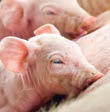
- From day 2 to day 8 of life: 0.5 liters/litter
- 2 days before weaning: 0.5 liters/litter
The strategies compared were:
- Control: Current management protocol, without direct nutritional measures for piglets.
- GreenTonic: Current management + GreenTonic at 40g/l water.
Monitoring was conducted by daily evaluation of delayed and dead piglets.
As shown in Table 2, the GreenTonic group, having more litters, had 31 more piglets at birth and 29 more at weaning. However, when adjusting for an equal starting litter size in both groups, GreenTonic inclusion in the farrowing unit enabled the weaning of one more piglet per group.
Table 2. Overall evolution of the number of animals and their weights.
| Real Results | Same Number of Piglets | |||
|---|---|---|---|---|
| Start | Weaning | Start | Weaning | |
| GreenTonic | 125 | 115 | 125 | 115 |
| Control | 94 | 86 | 125 | 114 |
Comparison of actual and adjusted weaning numbers between GreenTonic and Control groups.
Analyzing the evolution of both piglet groups (Figure 1), the GreenTonic group showed a lower percentage of unweaned piglets (8% vs 8.5%), despite having a larger initial litter size (13.4 vs 13.89).
Figure 1. Impact of GreenTONIC inclusion on the number of piglets per litter at birth (dark) and at weaning (light), and percentage of losses.
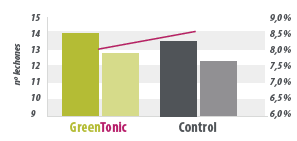
To analyze the direct cause of piglet loss during lactation, the number of culled and dead animals was evaluated. The impact of both causes was very different, with culling being the main cause, accounting for 80% of losses. The control group had a high percentage of culled piglets (8.5%), nearly 3% higher than in the GreenTonic group. The GreenTonic group lost only 2.4% of piglets due to direct mortality, mostly linked to crushing.
Based on these results, it can be concluded that including GreenTonic as a management strategy in hyperprolific sows increases piglet vitality and boosts the number of weaned piglets.
Figure 2. Impact of the inclusion of GreenTONIC on the percentage of piglets discarded and dead in lactation.
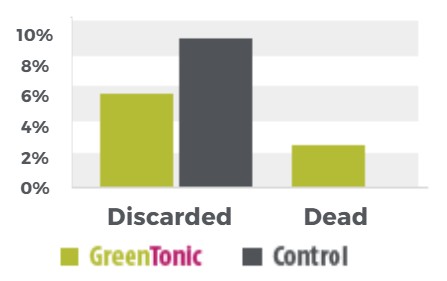
CONCLUSION
Based on these results, it can be concluded that including GreenTonic as a management strategy in hyperprolific sows increases piglet vitality and boosts the number of weaned piglets.
Developed and manufactured by Igusol Advance S.A.

Contact:
Contact us using the following form.

